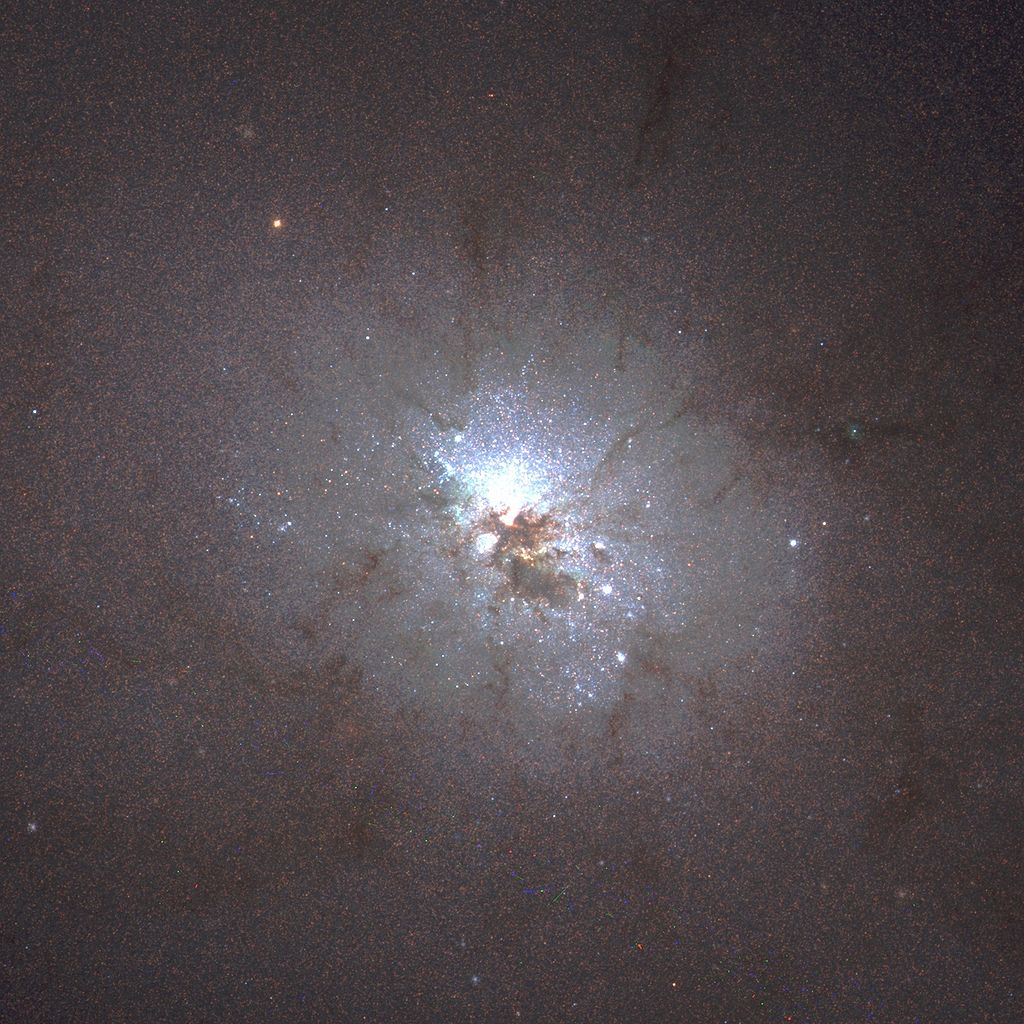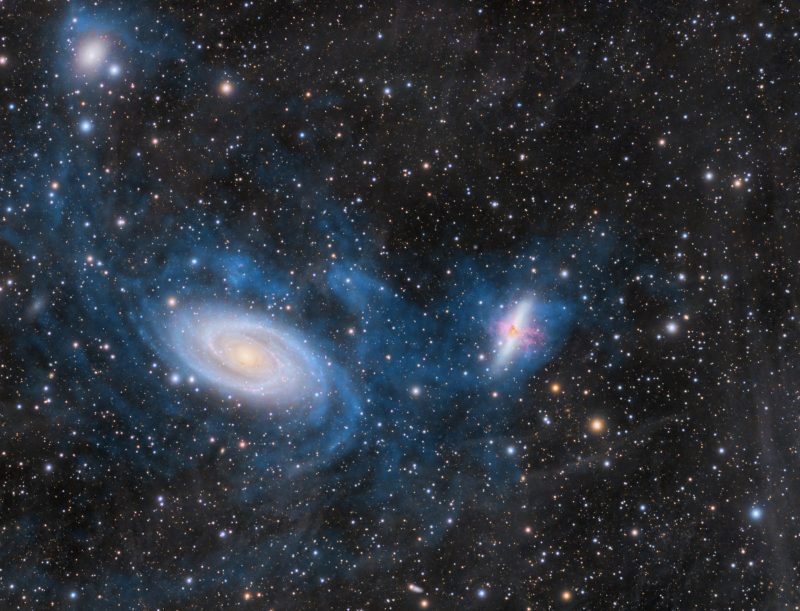Galaxies in Miniature
ESA/Hubble wrote:
The Hubble Picture of the Week this week reveals the subtle glow of the galaxy named IC 3430, located 45 million light-years from Earth in the constellation Virgo. It is part of the Virgo cluster, a rich collection of galaxies both large and small, many of which are very similar in type to this diminutive galaxy.
IC 3430 is a dwarf galaxy, a fact well reflected by this view from Hubble, but it is more precisely known as a dwarf elliptical or dE galaxy. Like its larger cousins, this galaxy has a smooth, oval shape lacking any recognisable features like arms or bars, and it is bereft of gas to form very many new stars. Interestingly, IC 3430 does feature a core of hot, massive blue stars, an uncommon sight in elliptical galaxies that indicates recent star-forming activity. It’s believed that ram pressure from the galaxy ploughing through gas within the Virgo cluster has ignited what gas does remain in IC 3430’s core to form some new stars.
For myself, I note that there are other oval-shaped seemingly elliptical dwarf galaxies that are forming stars at their centers, sometimes at a high rate. Two examples are NGC 3077 and NGC 5253.
NGC 3077 and NGC 5253 are true starburst galaxies, whereas in NGC 3430 we see relatively modest star formation. Even so, the phenomena may be related.
Ann







